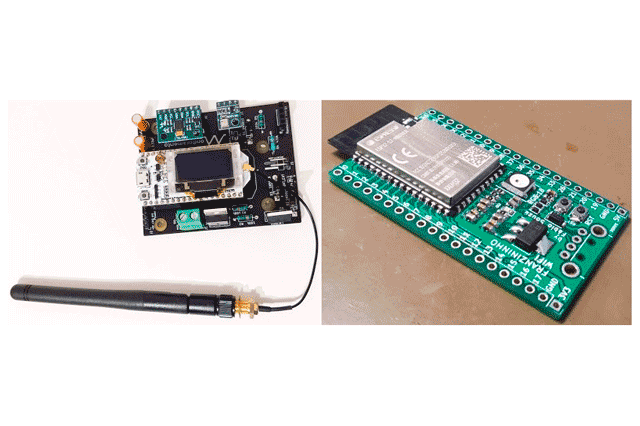Open hardwares made in Brazil for IoT just reflects what engineers in Brazil love to do in their free time, or not, and shows to the world our technical potential and why year by year a lot brazilian engineers are leaving our beautiful country: because we are great 😉
There are many good open hardware developed and available around the world which is great because it can help to develop your ideas, to prove conceptions and, what is most interesting, professional projects can use part or entire circuit of these open hardware to design their own commercial ones.
In this case, we will list two great ideas about open hardware for IoT project made by two great brazilian engineers: Pedro Bertoleti with his Placa Monitoramento LoRaWAN (LoRaWAN Monitoring Board in english) and Fabio Souza with his Franzininho WIFI (no translating).
Next, the topics of this article:
Here an article related to the brazilian technologies:
Articles related
1. Placa Monitoramento LoRaWAN (open hardware) - Pedro Bertoleti
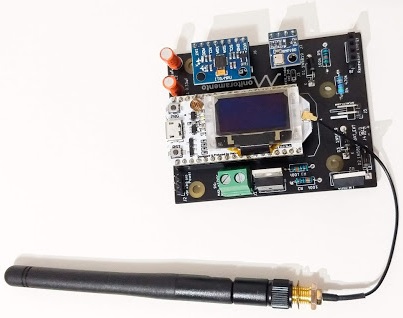
The board
The Placa Monitoramento LoRaWAN is a shield board (black board in above picture) that joins a main development kit, a Heltec Wi-Fi LoRa V1 and others sensors modules, to facilitate the development of prototypes in IoT area, mainly, for those focused in remote monitoring and prevent repair.
The sensors modules are connected through the sockets and pins bars, part number of these modules are:
The board has digital inputs (3.3V ~ 12V) which can be used to pulsed inputs as well. About the source supply, this board allows:
- Source supply with battery (LiPo or Li-Íon – one cell) with recharging process using renewable energy (7V ~ 12V – up to three differents source of renewable energy) since they are using the same voltage;
- Power supply 5V/2A through USB micro connector.
To help the using, the board has identical Arduino UNO holes, so it’s easier to design your own cases or use ones that are already designed.
Functionalities
This board, putting together Heltec Wi-Fi LoRa V1 and fulling with all sensors modules, it supports these functionalities:
- Connectivities: Wi-Fi, Bluetooth (BLE and classic), LoRa and LoRaWAN;
- Temperature measurement;
- Barometric pressure measurement;
- Acceleration measurement (3 axis);
- Gyroscope (3 axis);
- Display of texts and images on OLED display 0.96 “(blue);
- Battery recharging via renewable energy.
What is available in this repository?
Short answer: 100% of the project:
- Complete project of hardware (made using KiCad 5.1.5);
- Gerber files already in factory pattern asked by JLCPCB (www.jlcpcb);
- Examples (programs made in Arduino IDE using popular libraries);
- Bill of material (BoM).
Here we can the schematic of Placa Monitoramento (figure 2):
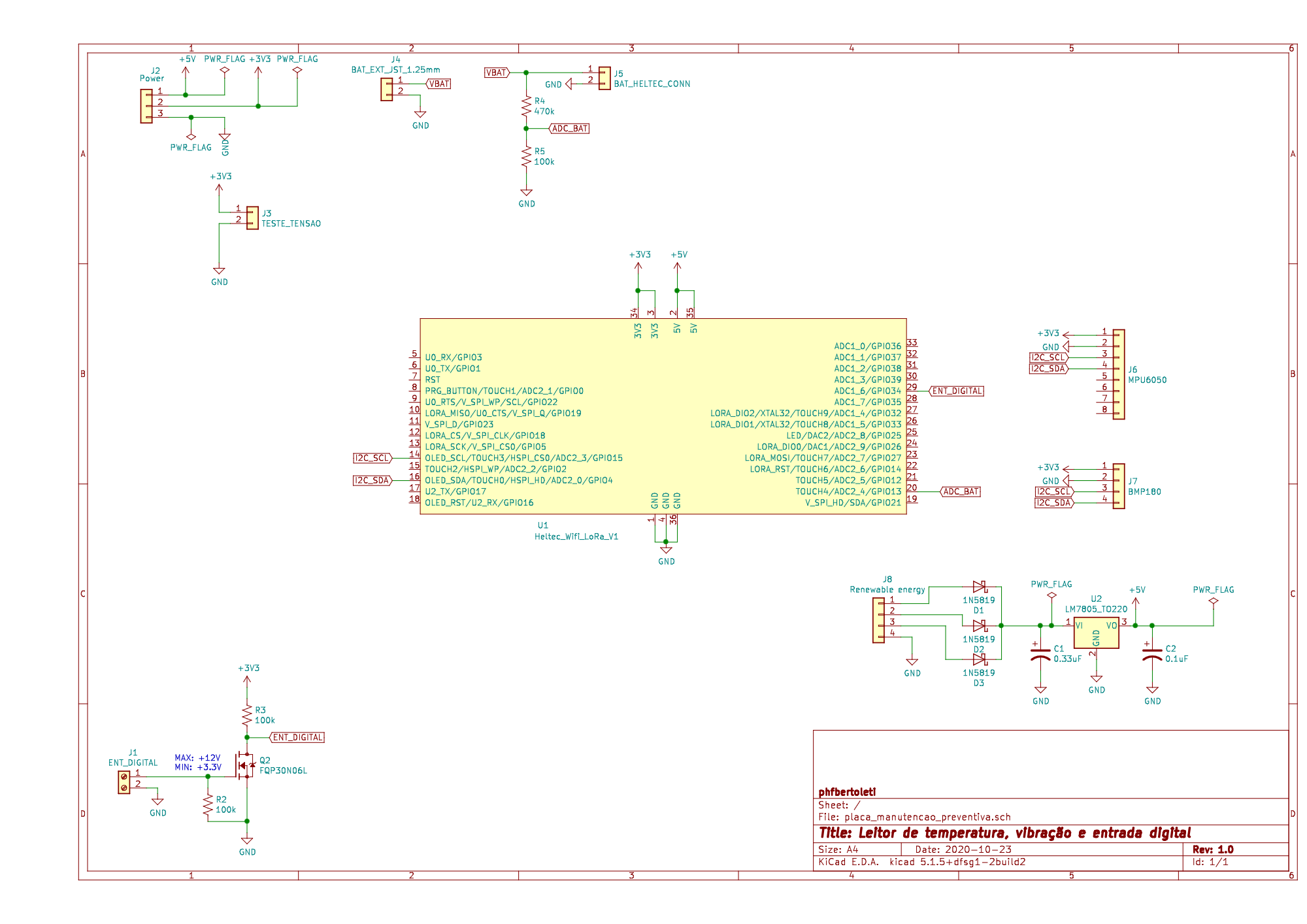
Links
To know about Pedro Bertoleti, access the follow links:
2. Franzininho WIFI (open hardware) - Fabio Souza
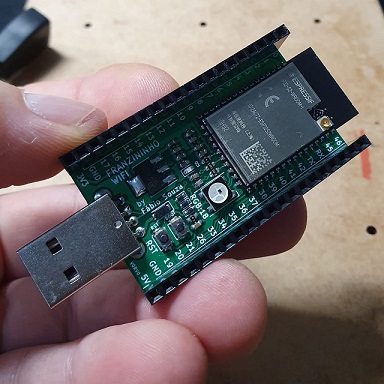
The Franzinho project began with the purpose to develop people’s capacity in electronics and programming through activities like DIY (Do It Yourself) together with maker culture.
Through the Franzinho DIY board, an open hardware project as well, we get achieved thousands of people in Brazil, most of them had their first contact with electronics assembling their own board compatible with Arduino and creating applications.
The achievement of this journey was a difference in labs of Franzinho DIY because the people that took part of it passed through the same steps of electronic projects.
Now we step ahead in evolution of the project using ESP32-S2 of Espressif, the new Franzininho WIFI. It permits us exploring the resources of this new SoC (System on Chip), as well, to develop tools of programming and applications to be used in education.
Inside the Franzinho WIFI
As mentioned above, Franzininho WIFI was developed using ESP32-S2 of Espressif referecing the same dimensions of Franzininho DIY. This new version is simple, featured by:
- all pins of module are available to be used in any application;
- it has a RGB (Red, Green and Blue) LED;
- A JTAG connector.
Besides, electronic schematic (figure 4) and layout (figures 5 and 6) were developed using KiCad EDA.


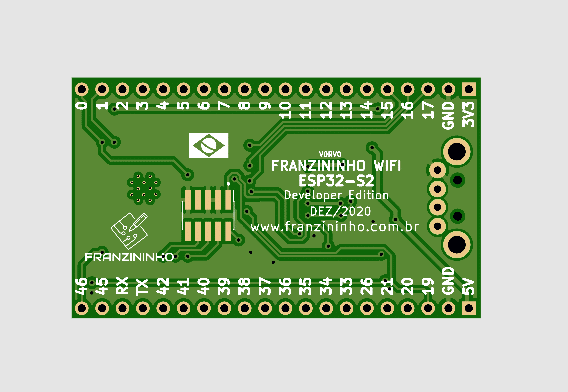
This hardware is under CERN Open Hardware license.

